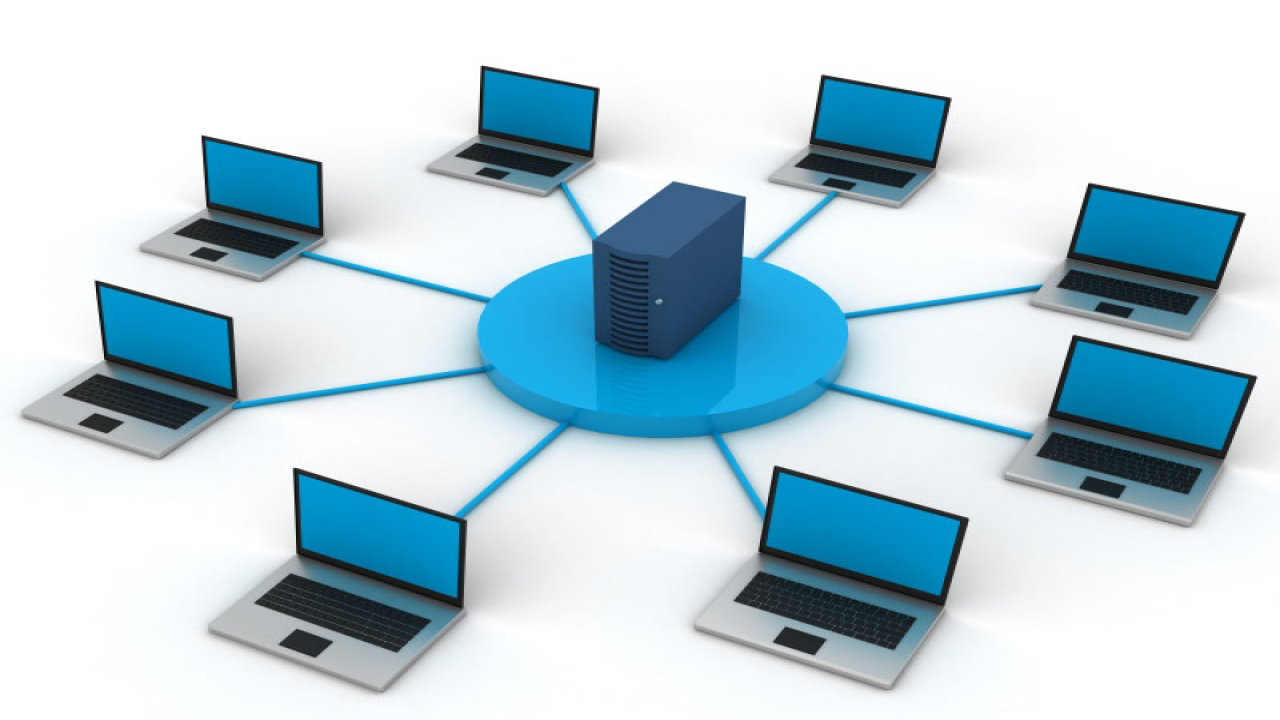What is the computer networking

Computer networking refers to the practice of connecting multiple computers and devices together to facilitate communication, data sharing, and resource access. It plays a crucial role in enabling the modern internet, local area networks (LANs), wide area networks (WANs), and other network infrastructures. Here is an overview of key concepts in computer networking:
1. Network Topologies: Network topologies define the physical or logical layout of interconnected devices in a network. Common topologies include:
- – Bus Topology: Devices are connected to a common backbone or bus through which data is transmitted.
- – Star Topology: Devices are connected to a central hub or switch, and all communication passes through it.
- – Ring Topology: Devices are connected in a circular manner, where each device is connected to two adjacent devices, forming a ring.
- – Mesh Topology: Every device is directly connected to every other device, providing redundancy and multiple paths for data transmission.
- – Hybrid Topology: A combination of two or more topologies.
2. Network Protocols: Network protocols are rules and standards that govern how data is transmitted and received across a network. Some prominent protocols include: (Computer networking)
– TCP/IP (Transmission Control Protocol/Internet Protocol): The foundation protocol suite of the internet, responsible for routing data packets across networks.
– Ethernet: A widely used protocol for wired LANs, enabling devices to communicate over a common physical medium.
– Wi-Fi (IEEE 802.11): A wireless networking protocol that allows devices to connect to a network without physical cables.
– DNS (Domain Name System): Translates domain names (e.g., www.example.com) into IP addresses used for routing data over the internet.
– HTTP (Hypertext Transfer Protocol): Used for transmitting web pages and other content over the internet.
3. Network Devices: Various devices are used to establish and manage networks, including:
– Routers: Connect different networks together and route data packets between them.
– Switches: Connect devices within a local network and facilitate data transfer between them.
– Hubs: An older device that connects multiple devices together, but data sent to one device is broadcast to all devices connected to the hub.
– Modems: Convert digital data into analog signals for transmission over telephone lines or cable lines, and vice versa.
– Firewalls: Provide network security by monitoring and controlling incoming and outgoing network traffic.
4. Network Addressing: Networks use addressing schemes to identify devices and enable data routing. The two common types of addressing are:
– IP Addressing: Internet Protocol (IP) addresses uniquely identify devices on a network. IPv4 (32-bit) and IPv6 (128-bit) are the two versions of IP addresses currently in use.
– MAC Addressing: Media Access Control (MAC) addresses are unique hardware addresses assigned to network interface cards (NICs) and are used for communication on the data link layer.
5. Network Security: Network security involves protecting network resources and data from unauthorized access, attacks, and breaches. It includes practices such as:
– Authentication: Verifying the identity of users or devices before granting access to the network.
– Encryption: Encoding data to prevent unauthorized access during transmission or storage.
– Firewalls: Filtering and monitoring network traffic to block unauthorized access and potential threats.
– Intrusion Detection Systems (IDS) and Intrusion Prevention Systems (IPS): Detect and prevent unauthorized network activities or attacks.
– Virtual Private Networks (VPNs): Securely extend a private network over a public network (e.g., the internet) to enable secure remote access.
These concepts provide a foundation for understanding computer networking, but the field is vast and continuously evolving. From small home networks to large-scale enterprise infrastructures, computer networking is crucial for enabling communication and information exchange in our interconnected world.